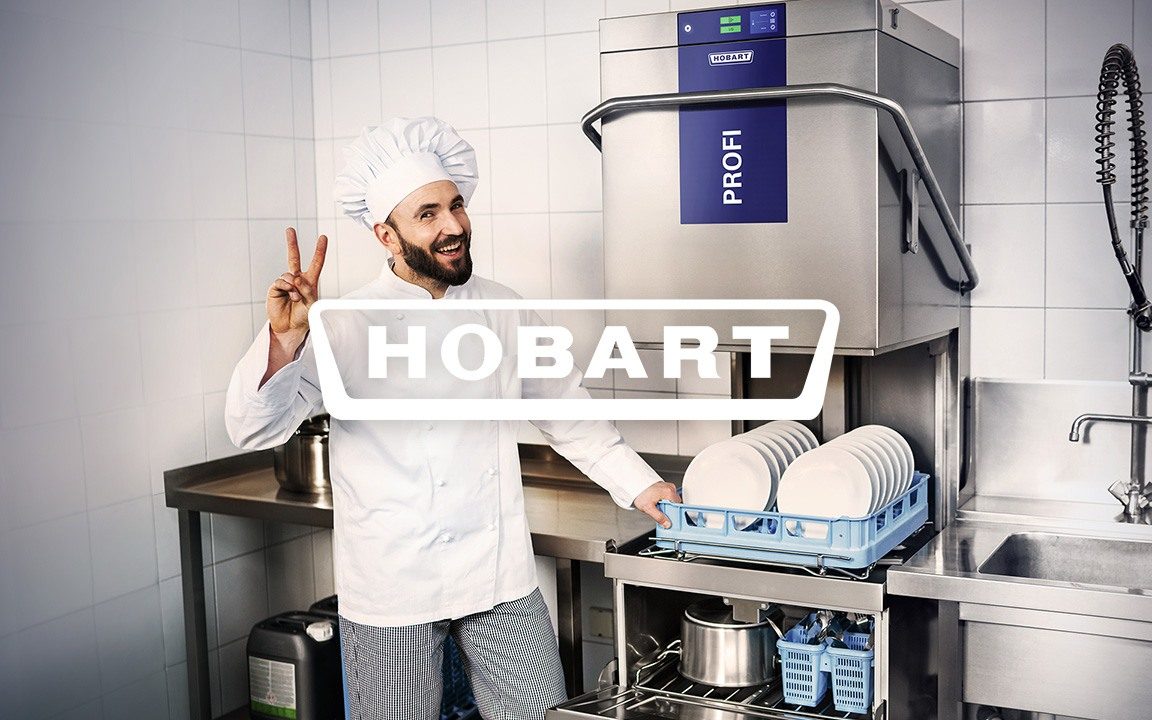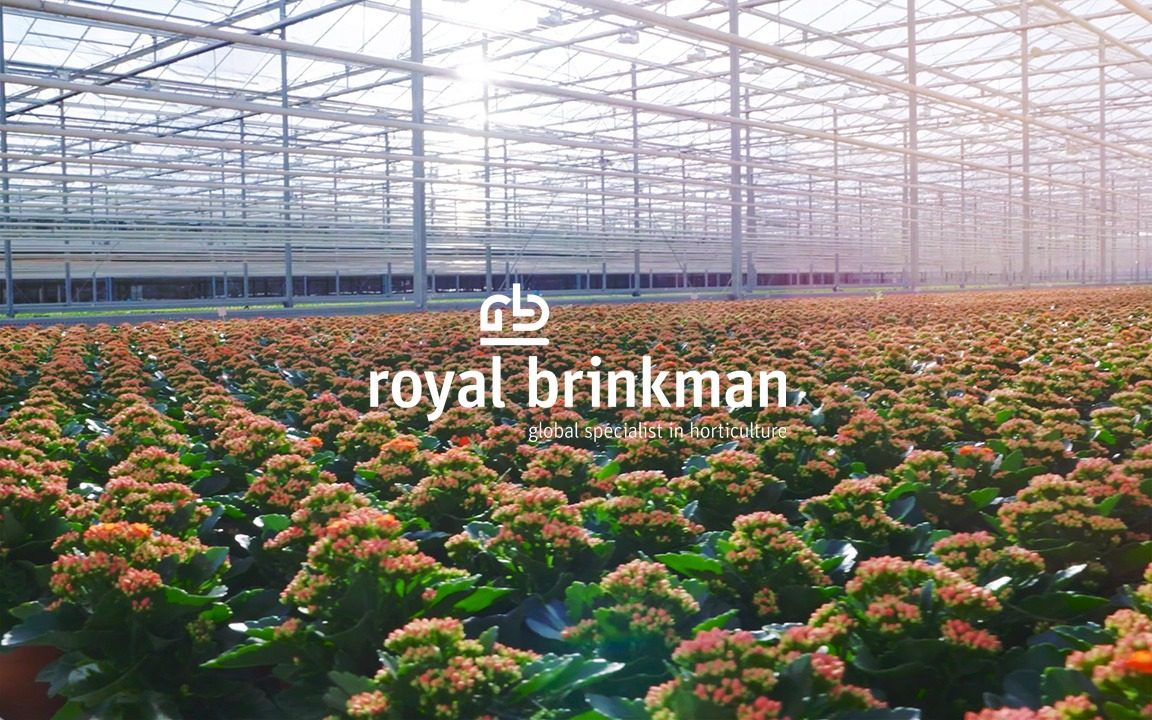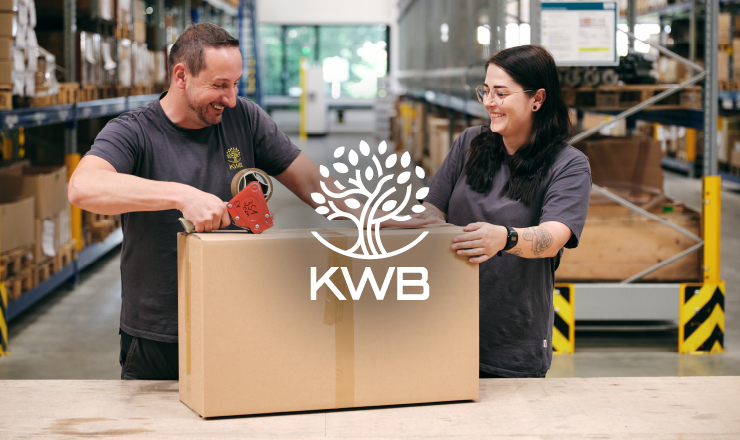
Tailored pricing
Customers see their exact negotiated prices upfront, no guesswork, no calls to sales.


Imagine you’re a purchasing manager at a mid-sized manufacturing company. You’ve got tight deadlines, complex equipment orders, and a budget to manage. Logging onto your supplier’s website, you’re met with an overwhelming catalog, generic pricing, and none of your custom-negotiated terms. Frustrating, right?
77% of companies who deploy one-to-one personalization observe an increase in market share, according to research by McKinsey.
That’s why personalization in B2B commerce isn’t just about greeting someone by name. It’s about creating a tailored experience that makes life simpler and keeps your customers coming back.
It’s not just fancy tech—it’s practicality. Personalization ensures each customer sees exactly what they need without digging through irrelevant information.

Customers see their exact negotiated prices upfront, no guesswork, no calls to sales.

Each client accesses only products relevant to their industry or past orders.

Customers click once to reorder essential parts they've previously purchased.

Buyers and approvers see different screens suited specifically to their roles.
Think of personalization as removing the friction in your business relationships. Just like an experienced account manager would, but automatically.
Companies that excel at one‑to‑one personalization grow market share 77 % of the time (McKinsey, 2023) and see cart sizes jump up to 20 % (Gartner, 2024).
65 % of customers stay loyal to brands that personalize (Salesforce, 2024), while the same share of B2B buyers will switch if you don’t (Segment, 2024).
Fix the data flow and you fix the busywork. 52 % of B2B firms cite poor system integration as their No. 1 digital pain point (Forrester, 2024).
98 % of online retailers report a higher average order value after rolling out personalization (Econsultancy, 2024).
Personalization in B2B starts with understanding what genuinely helps your customer do their job.
Automate your agreed pricing, no more back-and-forth phone calls.
Show each customer precisely what's relevant, not everything you sell.
Make it effortless to repeat common orders, significantly reducing friction.
Join the 67 % of B2B companies already using AI for product suggestions and segmentation (Statista, 2024).
It’s one thing to talk about personalization, but quite another to see it in action. Here’s how some companies have transformed their customers’ experiences and simplified their internal workflows:
Hobart introduced a CSV bulk upload option for ordering spare parts, immediately boosting online sales by 15%. Customers felt understood and rewarded the simplicity.

This agriculture supplier created a personalized website experience, showing tailored product recommendations, pricing, and promotions, enhancing customer satisfaction and boosting engagement.

KWB replaced complex product searches with a guided decision tree. Customers found the exact parts they needed in a few clicks, slashing support calls and order mistakes.




Start lean, learn fast, and scale what works.

Personalization turns complexity into clarity. Talk to someone today to see how Sana Commerce can help.